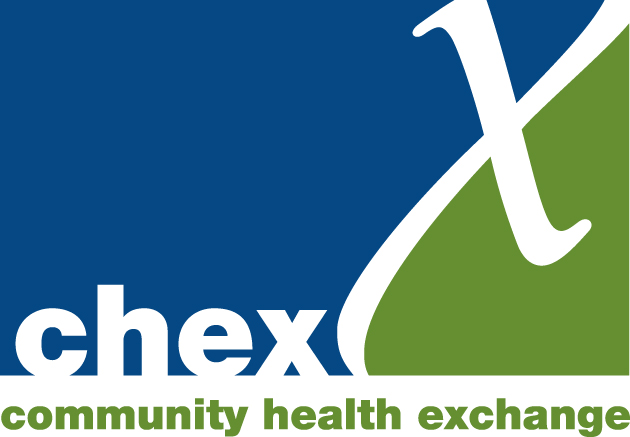A community-led approach to health follows the social model of health, linking our health and wellbeing to the world around us, including our work, education, housing, leisure and to the way we organise ourselves as a society.
The community-led health approach supports communities experiencing disadvantage and poor health outcomes to:
identify and define what is important to them about their health
identify the factors that impact on wellbeing
take the lead in identifying and implementing solutions
Community-led health organisations are very varied and work across many aspects of health and wellbeing. You can see lots of examples in our database.
There are some specific characteristics common to community-led health organisations, which align with the value base of the approach, which promotes personal and collective empowerment, equity, social justice and the right to good health for all people.
Operating in areas of poverty and deprivation.
Providing services aimed at tackling health inequalities.
Working on priorities identified by members of the community.
Using methods which involve community members.
Working within a social model of health.
With governance that involves community members (this may be in partnership with the voluntary, statutory or business sector if appropriate).
Sharing resources.
Providing a collective voice.
How does community-led health work in practice?
Tackling inequalities is at the heart of how we improve Scotland’s health and make a fairer, healthier future for everyone.
Community-led health can have a huge impact by targeting the provision of support to people and communities experiencing inequalities, disadvantage and marginalisation to take collective action, at both individual and community levels. It’s the targeting of this approach that directly impacts on inequalities, however the approach can also lead to a collective gain for others when tackling wider issues affecting health.
There is the recognised model for community-led health in Scotland (PDF) which focuses on individual and community empowerment. The collective actions involved in community-led health processes can provide a greater ability for people to have a say in decisions that affect them, which helps to challenge and redress existing imbalances in power and influence.
Here are the types of things people working in community-led health do. You can see it is a long-term community development approach to health and wellbeing, based on collective and collaborative action to support, facilitate and work to build sustainable change, driven by people themselves.

